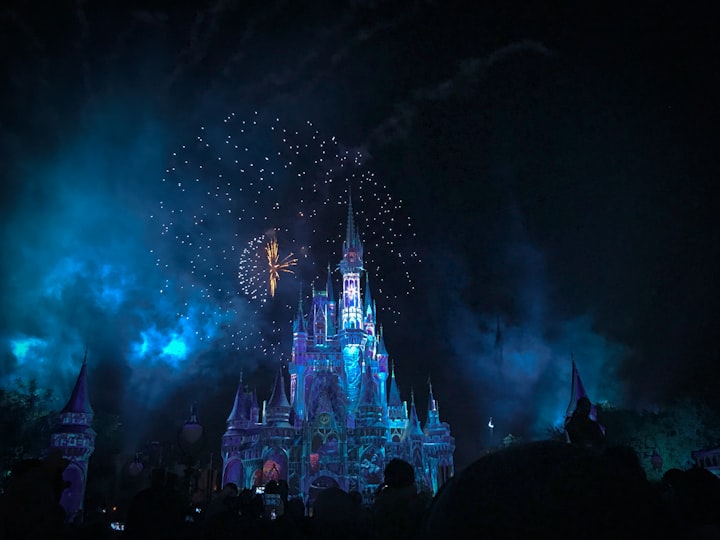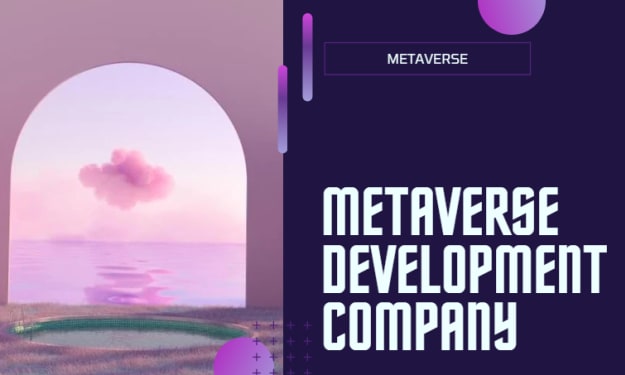The Evolution of Disney World
Navigating the Challenges and Adaptations

Introduction
Disney World, the iconic theme park located in Orlando, Florida, has been a beloved destination for millions of visitors from around the world. However, recent rumors and concerns have sparked questions about the possible closure of Disney World. In this article, we will delve into the current state of Disney World, examining the challenges it has faced, its resilience in adapting to changing times, and its prospects for the future.
The Impact of the COVID-19 Pandemic
The COVID-19 pandemic, which began in early 2020, had a profound impact on the global tourism industry, and Disney World was no exception. In March 2020, the park temporarily closed its gates to ensure the safety of guests and employees. The closure lasted for several months, resulting in significant financial losses for Disney.
As the pandemic progressed, Disney World implemented stringent health and safety measures to reopen its doors. These measures included reduced capacity, mandatory mask-wearing, social distancing, and enhanced cleaning protocols. While the park did reopen in July 2020, the ongoing effects of the pandemic continued to pose challenges, including reduced attendance due to travel restrictions and guest concerns.
Financial Considerations and Disney's Resilience
Disney World is part of the larger Walt Disney Company, which boasts a diverse portfolio of entertainment properties. This diversity has allowed Disney to weather financial storms and adapt to changing consumer demands. Despite the pandemic's impact, Disney World remains an integral part of the company's revenue stream.
The Walt Disney Company has consistently demonstrated its resilience by leveraging its vast resources and implementing strategic measures. For example, Disney has invested in technology and innovation, allowing for enhanced guest experiences through the integration of digital platforms and mobile apps. This adaptability has helped Disney World maintain its competitive edge and attract visitors.
Additionally, Disney has diversified its revenue streams by expanding its offerings beyond theme parks. This includes the introduction of streaming services like Disney+ and the integration of the Disney brand into merchandise, television, and film. By diversifying its revenue, Disney has mitigated some of the financial impact of the pandemic on its theme parks.
Competition and Changing Consumer Preferences
While Disney World remains a dominant player in the theme park industry, it faces competition from other popular destinations. Universal Orlando Resort, SeaWorld Orlando, and other attractions in the Orlando area offer unique experiences that cater to different consumer preferences. This competition encourages Disney World to continually innovate and enhance its offerings to stay ahead.
Furthermore, changing consumer preferences have also influenced Disney World's strategies. Today's visitors seek immersive experiences, interactivity, and personalized adventures. In response, Disney has invested in new attractions, such as Star Wars: Galaxy's Edge and Pandora - The World of Avatar, which provide visitors with unique and memorable experiences. By embracing new technologies, Disney World remains a top choice for many tourists.
The Future of Disney World
Despite the challenges posed by the COVID-19 pandemic and competition, Disney World continues to be a significant player in the theme park industry. As the world recovers from the pandemic, travel restrictions are expected to ease, leading to an increase in tourism. Disney World is well-positioned to benefit from this rebound in travel, given its long-standing reputation and commitment to guest satisfaction.
Disney's forward-thinking approach, characterized by continuous innovation, suggests that the park will remain a top-tier destination. The company has plans for future expansions, including the highly anticipated TRON Lightcycle Run roller coaster and the reimagining of Epcot's Future World into three distinct neighborhoods. These investments indicate a commitment to the long-term success and viability of Disney World.
Additionally, Disney World's commitment to sustainability and environmental conservation aligns with the growing global focus on responsible tourism. The park has taken steps to reduce its ecological footprint, implement sustainable practices, and educate guests about environmental stewardship. These efforts contribute to its appeal and may attract environmentally conscious travelers in the future.
Conclusion
While rumors of Disney World's closure may circulate from time to time, the evidence suggests that the park will continue to thrive. Despite the challenges brought on by the COVID-19 pandemic, Disney World's adaptability, financial resilience, and commitment to innovation and guest satisfaction position it well for the future. As long as Disney remains dedicated to evolving its offerings, meeting changing consumer preferences, and navigating the ever-changing landscape of the tourism industry, Disney World will continue to enchant visitors for generations to come





Comments
There are no comments for this story
Be the first to respond and start the conversation.